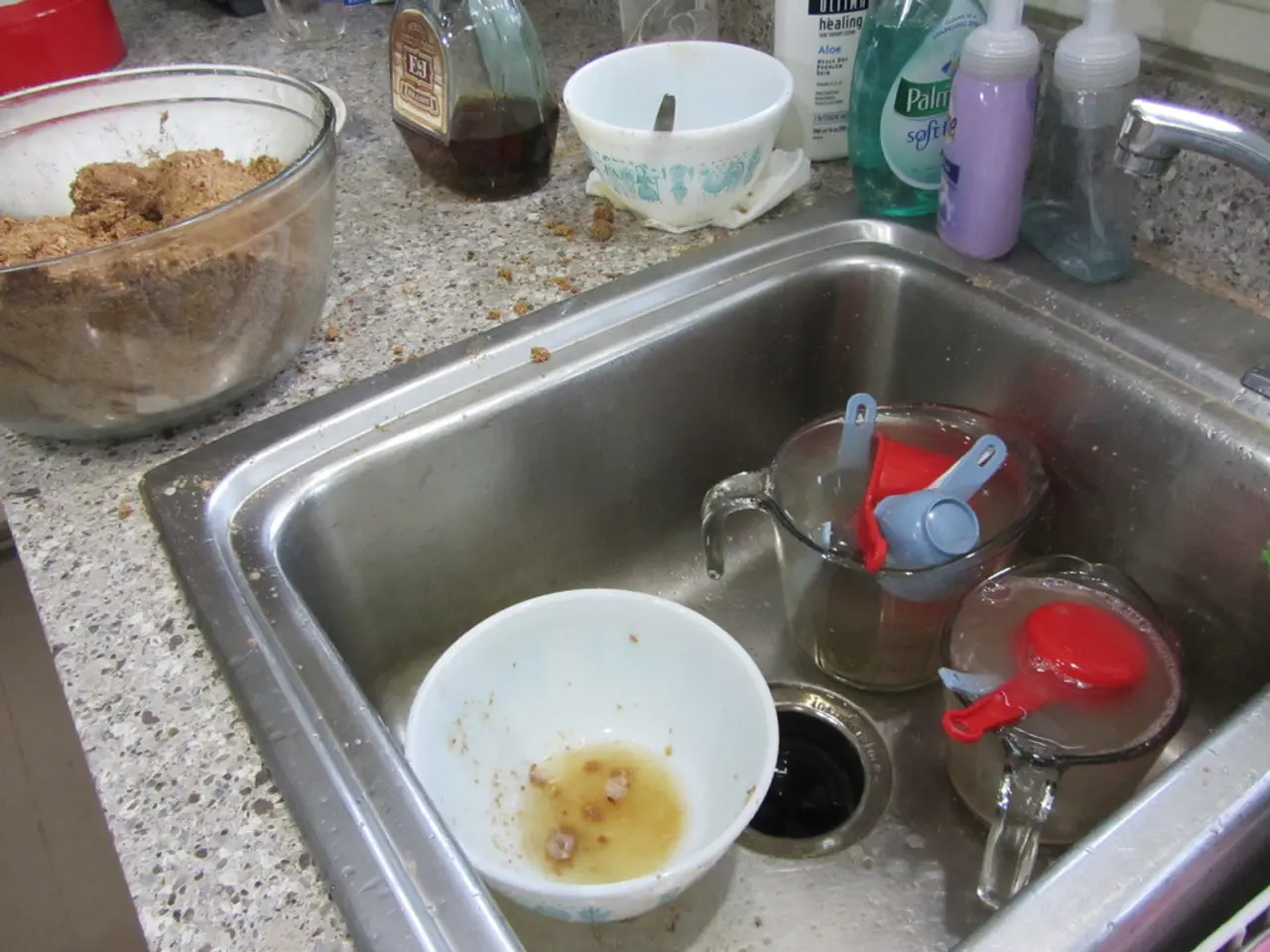Raw milk consumption linked to 21 E. Coli cases reported in Florida
Raw Milk Outbreak in Florida Linked to Bacterial Infections
A recent outbreak of illnesses in Florida has been linked to the consumption of raw milk, with 21 cases of Campylobacter and Shiga toxin-producing E. coli (STEC) infections reported. This outbreak has resulted in seven hospitalizations and severe complications in at least two cases, with six of the reported cases being children under 10 years old.
The Florida Department of Health has identified poor sanitation and milking practices on the implicated farm as a key issue contributing to contamination and outbreaks. Raw milk, which has not undergone pasteurization, can contain harmful bacteria such as Campylobacter, E. coli (including STEC), Listeria, Salmonella, and others.
In Florida, raw milk is sold only for non-human consumption as pet or animal food, limiting sanitation regulation efforts. However, despite these restrictions, some consumers still ingest raw milk, leading to ongoing risk.
The gastrointestinal symptoms associated with these infections include diarrhea, vomiting, and stomach cramps. In severe cases, STEC infections can lead to hemolytic uremic syndrome (HUS), a severe complication causing kidney failure. Groups at higher risk of severe illness include young children, pregnant women, elderly people, and immunocompromised individuals.
The sanitation practices in this specific farm are of concern due to the number of cases. Because raw milk can harbor multiple dangerous bacteria, good farm hygiene and milking procedures are critical to prevent contamination. Despite restrictions on raw milk for human consumption, enforcement gaps allow risk to persist through illegal or unregulated use.
From 2009 to 2021, 143 outbreaks in the U.S. were linked to raw milk consumption, indicating a recurrent public health hazard. Pasteurization remains the effective prevention method against these infections.
[1] Florida Department of Health. (2022). Raw Milk Outbreak Investigation. Retrieved from https://www.floridahealth.gov/diseases-and-conditions/outbreaks/pages/raw-milk-outbreak-investigation.aspx
[2] Centers for Disease Control and Prevention. (2022). Raw Milk. Retrieved from https://www.cdc.gov/foodsafety/rawmilk/index.html
[3] Centers for Disease Control and Prevention. (2022). Outbreaks Associated with Raw Milk. Retrieved from https://www.cdc.gov/listeria/outbreaks/raw-milk-outbreaks.html
[4] Food and Drug Administration. (2022). Raw Milk. Retrieved from https://www.fda.gov/foods/buy-store-serve-safe-food/raw-milk
- The health implications of raw milk consumption are a pressing concern, with bacterial infections causing significant illnesses in Florida.
- The science behind sanitation and milking practices is crucial in preventing the spread of harmful bacteria in raw milk.
- Sufficient sleep is essential, especially for individuals in the workplace, as poor health can negatively impact productivity and overall workplace wellness.
- Medical conditions such as chronic diseases, cancer, respiratory conditions, digestive health issues, eye health problems, hearing disorders, and neurological disorders require specific therapies and treatments for management.
- The importance of skin care stretches beyond aesthetics, encompassing the prevention and treatment of various skin conditions.
- Industrial practices, such as those in manufacturing, must consider environmental factors like climate change and the shift towards renewable energy to maintain sustainable practices.
- Mental health issues should not be ignored and need open discussions in the industry, particularly in the context of mens' health and women's health.
- Sexual health education and resources are essential for both men and women, empowering good decision-making and fostering a healthy lifestyle.
- Autoimmune disorders like rheumatoid arthritis, lupus, and multiple sclerosis can have a profound impact on an individual's quality of life.
- Fitness and exercise are key components of health and wellness, reducing risks associated with cardiovascular health, aging, weight management, and more.
- In focusing on health, it's vital to pay attention to various health-related aspects, such as eye health, hearing, and skin conditions.
- The finance sector can contribute to health by investing in companies focusing on medical research, health technologies, and therapies for various conditions.
- Climate change affects public health on multiple levels, increasing the risk of illness, allergies, and asthma, particularly in urban environments.
- Small business entrepreneurs in the health and wellness sector can make a significant difference by offering nutritious food options and promoting healthier lifestyle choices.
- The healthcare industry is constantly evolving, with innovative treatments for medical conditions like cancer, cardiovascular diseases, and mental health challenges.
- Medicare is vital for ensuring affordable, quality healthcare for seniors, enabling them to manage their health effectively as they age.
- CBD products are undergoing research for several medical applications, showing promising results for chronic pain management, anxiety, and neurological disorders.
- Workplace mental health initiatives are crucial for fostering wellness and productivity, benefiting both employees and employers.
- Parenting involves raising awareness about health and wellness, instilling good hygiene practices, and promoting healthy lifestyle choices.
- Adopting healthy habits, like eating well-balanced meals, exercising regularly, and managing stress, are essential components of a holistic approach to health and wellness.
- The transportation sector, including public transit, aerospace, and automotive, can influence public health through adequate ventilation, cleanliness, and energy efficiency.
- Retail businesses can promote health through offering eco-friendly products, such as renewable energy resources, and by advocating for sustainable practices.
- Leadership in health organizations should prioritize diversity and inclusion, ensuring equal access to care, resources, and representation for all.
- The banking and insurance sectors play a significant role in health by offering policies and coverage for various medical conditions and services.
- Venture capital investments in fintech startups can promote financial wellness by improving access to financial services and resources for underserved communities.
- Real estate developers can contribute to health by prioritizing green buildings, nutritious food options, and community health initiatives in residential and commercial properties.
- Space and astronomy research can reveal new connections between our environment and health, fostering advancements in public health and medicine.
- Regulations for the oil and gas industry should prioritize environmental safety, considering the potential health impacts of air and water pollution on local communities.








